April 15, 2025 | 16:31 GMT +7
April 15, 2025 | 16:31 GMT +7
Hotline: 0913.378.918
April 15, 2025 | 16:31 GMT +7
Hotline: 0913.378.918
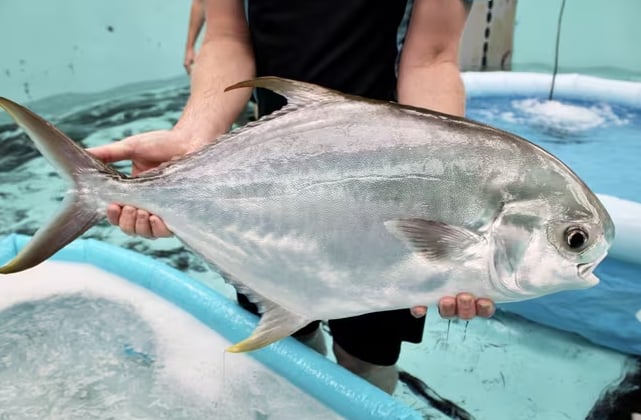
The Pompano has been identified as a perfect candidate for aquaculture. Photo: CSIRO.
The preference amongst Australian consumers for locally sourced whitefish continues to grow, leaving a gap in the market for the diversification of aquaculture to meet these demands. In light of this, the Pompano (Trachinotus anak) has been identified by CSIRO, Australia’s national science agency, as a perfect candidate for aquaculture.
Australia currently relies on foreign imports of whitefish, estimated to total around 100,000 tonnes annually. The adoption of the Pompano by the country’s aquaculture industry may help to reduce this reliance on externally sourced seafood, building the strength of the domestic fish farming sector.
“The Pompano is a robust, sociable fish endemic to northern Australia that grows really quickly and tastes great, making it an ideal candidate for adapting to our aquaculture environments. We're bringing a new species to Australian plates to give consumers more options, while opening up new export opportunities to strengthen Australia’s white-flesh fish industry,” said Dr Polly Hilder, CSIRO lead scientist, in a press release.
“We’re now working to scale production processes in commercial trials with industry,” she added.
In addition to the success of breeding trials, market testing involving high-profile chefs - such as Andy Allen, MasterChef Australia judge – has highlighted the culinary potential of the fish.
“I’ve had some time to work with this fish in my kitchen at home and it tastes great as a mildly sweet, high quality white meat that is firm but finely flaked. I’ve been able to use the whole fish in a variety of ways – from simply cooking the fillets in olive oil, salt, pepper and lemon, to getting a bit wilder by crisping up the wings and using the head in a couple of different ways too. It’s awesome to think we can breed this fish here in Australia sustainably and supply it to consumers in the future,” concluded Allen.
The Fishsite
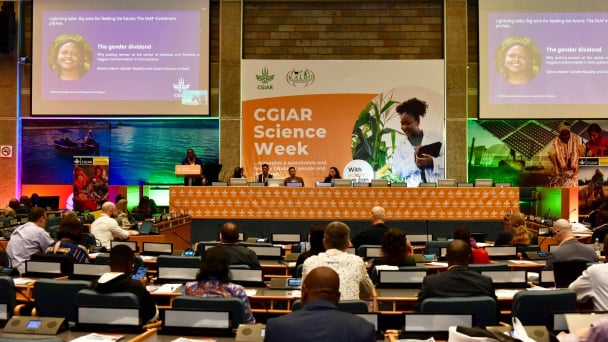
(VAN) The CGIAR’s Sustainable Animal and Aquatic Foods (SAAF) program represents a new approach that emphasizes the transformation of food systems toward sustainability.

(VAN) Scientists assume that industrial agriculture has been 'outdated.' As a result, a comprehensive overhaul or a revolution in the direction of embracing ecological agriculture is needed.

(VAN) The results from pilot fields are catalyzing the expansion of the One million hectares of high-quality, low-emission rice project in Kien Giang.
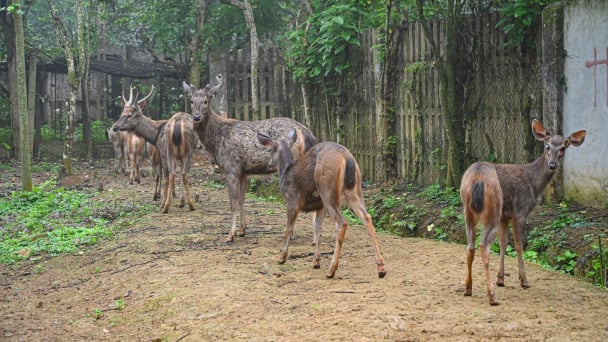
(VAN) On the morning of April 11, Cuc Phuong National Park received 18 individuals of endangered and rare wild animals from Da Nang city.
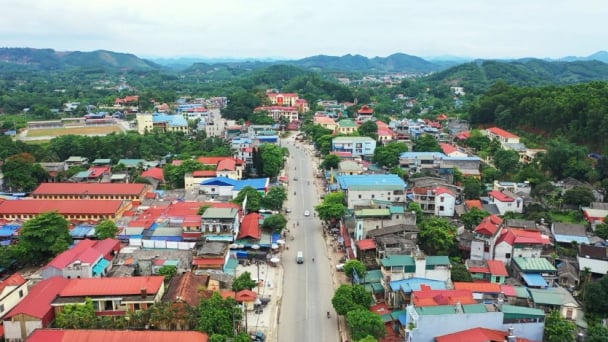
(VAN) FAO supports Vietnam in enhancing survey sampling techniques for the 2025 nationwide agricultural and rural census.
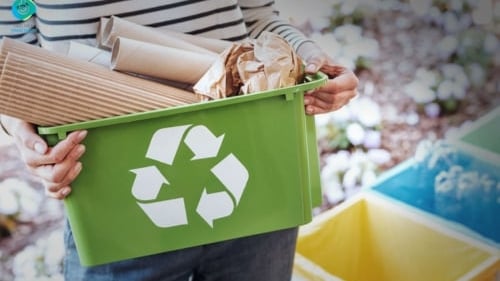
(VAN) By participating in the green transition, manufacturers become an indispensable part of the circular economy, contributing to resource optimization and environmental protection.

(VAN) The One Million Hectares of High-Quality and Low-Emission Rice Program can generate nearly 14 million tons of straw annually, posing an urgent requirement to diversify straw-based products.